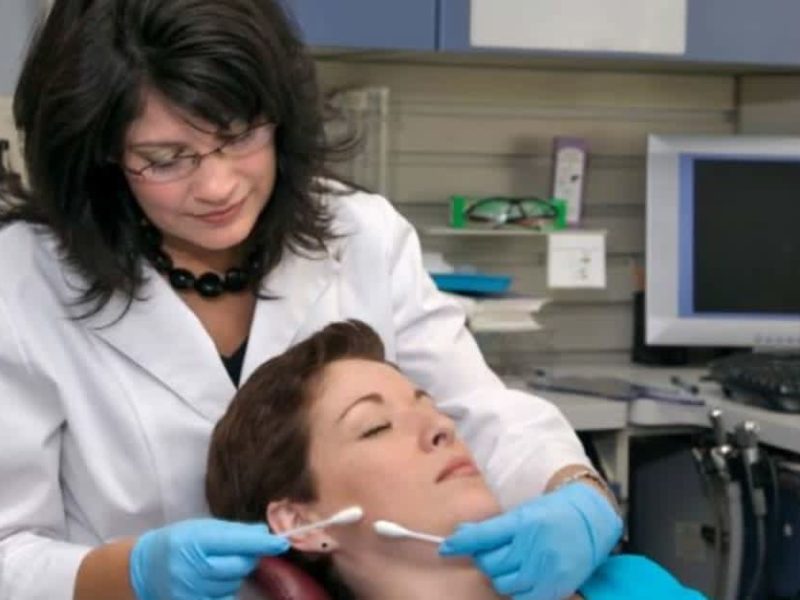The prevalence of mental health conditions among school-aged children is escalating in the post-pandemic era. Research indicates a correlation between mental health conditions and chronic absenteeism among primary and secondary school students in the United States. However, there is potential for improving mental health outcomes for children and teenagers by enhancing the nurse-to-student ratios in schools.
Even before the onset of the COVID-19 pandemic, approximately one in six students in the United States had a high rate of school absenteeism. However, the pandemic has further exacerbated the situation, leading to a significant increase in mental health conditions among school-aged children. Notably, education officials in North Carolina have established a connection between chronic student absenteeism and mental health issues. It is essential to recognize the pivotal role that school nurses play in promoting better mental health among students.
Reports Reveal the Connection Between Student Mental Health and Absenteeism
The North Carolina Department of Public Instruction released a 2023 report suggesting that student absenteeism may be directly related to mental health. Chronic absenteeism, defined as missing 15 or more excused or unexcused days in a school year, often occurs when students have multiple health conditions, unrecognized or undertreated conditions, or limited access to care.

More than 20% of high school students, over 14% of middle school students, and nearly 14% of elementary school students are chronically absent from school. Chronic absenteeism has been associated with poor outcomes in the long run, including poverty, reduced health, and involvement in the criminal justice system.
Children with a history of maltreatment or exposure to major traumas (like domestic violence and natural disasters) are more likely to be absent. Further, children who willingly miss school are more likely to be diagnosed with conduct disorder, depression, substance misuse, and oppositional defiant disorder (pattern of anger, arguing, and defiance towards authority figures).
The pandemic may have contributed to the rise of mental health conditions among youth in recent years, as multiple studies have shown that children and teens report feeling more anxious, depressed, fatigued, and distressed than prior to the pandemic.
In North Carolina, the percentage of high school students who reported persistent feelings of sadness or hopelessness rose from 28% in 2011 to 43% in 2021, and those who seriously considered attempting suicide rose from 19% in 2019 to 22% in 2021.
The NC Department of Public Instruction asserts that an adequate number of school nurses, psychologists, and social workers can help improve mental health outcomes for students and contribute to better attendance.
The ideal school nurse-to-student ratio in the U.S. is one nurse for every 750 students. In 2022, the average ratio for North Carolina schools was one nurse per 833 students. In 2023, 74% of NC schools had formal plans in place to address staffing ratios, but only 34% fully addressed the issue.
What does this mean for student mental health outcomes?
How More School Nurses Can Help Improve Student Mental Health
Collaboration between pediatricians, mental health professionals, and schools is vital to address mental health conditions that contribute to poor school attendance. School nurses, in particular, play a crucial role in providing direct care to students and coordinating health services within the school. They act as liaisons between the school, medical professionals, and parents/guardians.
Effective communication between schools and parents/guardians is key to improving attendance rates. School nurses excel in fostering relationships with parents/guardians and often serve as the initial point of contact.
While the American Academy of Pediatrics and the National Association of School Nurses endorse national nurse-to-student ratio recommendations, they acknowledge that ratios may need to be adjusted based on student needs.
During the pandemic, some school nurses in North Carolina were responsible for up to 2,000 students at one time, and the state is still struggling.
The scarcity of school nurses in North Carolina has had a profound impact on the entire educational system. To address the gap in mental health services, schools have resorted to utilizing non-licensed staff, such as health aides and even teachers. As a result of staffing shortages, some teachers have been tasked with conducting mental health checks on students, which inevitably detracts from valuable teaching time.
In order to promote better mental health outcomes for students, nurses may want to consider transitioning their careers or relocating to help bridge this gap.
As of December 2023school nurse salary in North Carolina ranges from $53,200 to $79,950, and the cost of living is lower than the national average, ranking at 27 out of 51 for the most affordable states to live. The state requires that school nurses obtain a North Carolina RN license and hold a bachelor’s degree or higher.
Chronic absenteeism in the nation’s schools. (2016). United States Department of Education
Cost of living data series. (2023). Missouri Economic Research and Information Center
Elharake, Jad A, et al. (2022). Mental health impact of COVID-19 among children and college students: A systematic review. National Library of Medicine
Essick, Dr. Ellen. (2023). 2023 healthy active children policy report and 2023 school mental health policy report. North Carolina Department of Public Instruction
Evans, Elaina. (2021). School nurses face ‘challenging’ year with staff shortage. ABC News 11
Hui, Keung T. (2024). NC schools lack enough counselors, nurses, social workers and psychologist, report says. The News & Observer
In-school nurse (RN) salary in North Carolina. (2023). Salary.com
Read related posts:
How Do Travel Nurses Impact Patient Care?
Best States To Work As A Nurse Practitioner (NP)



